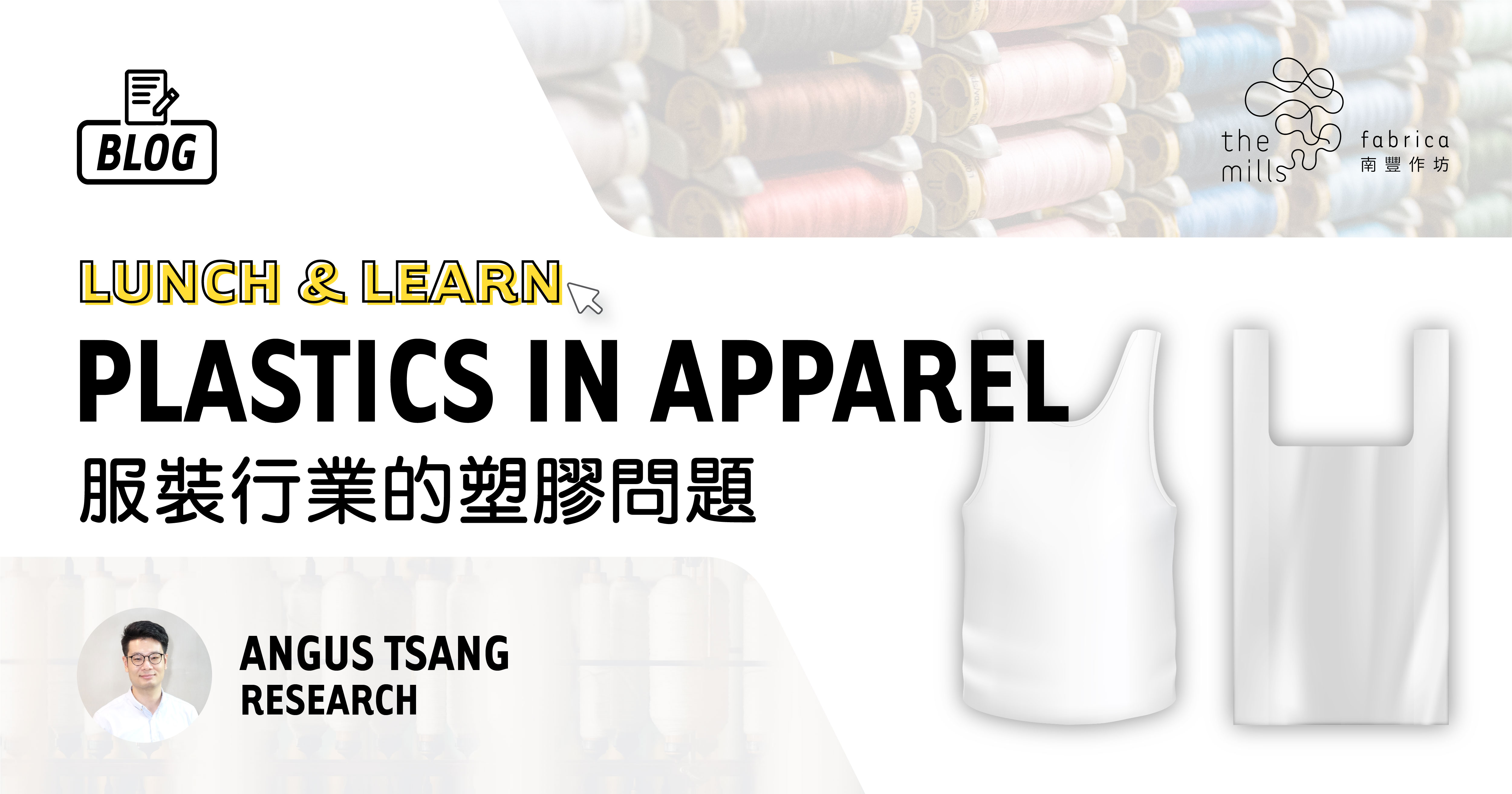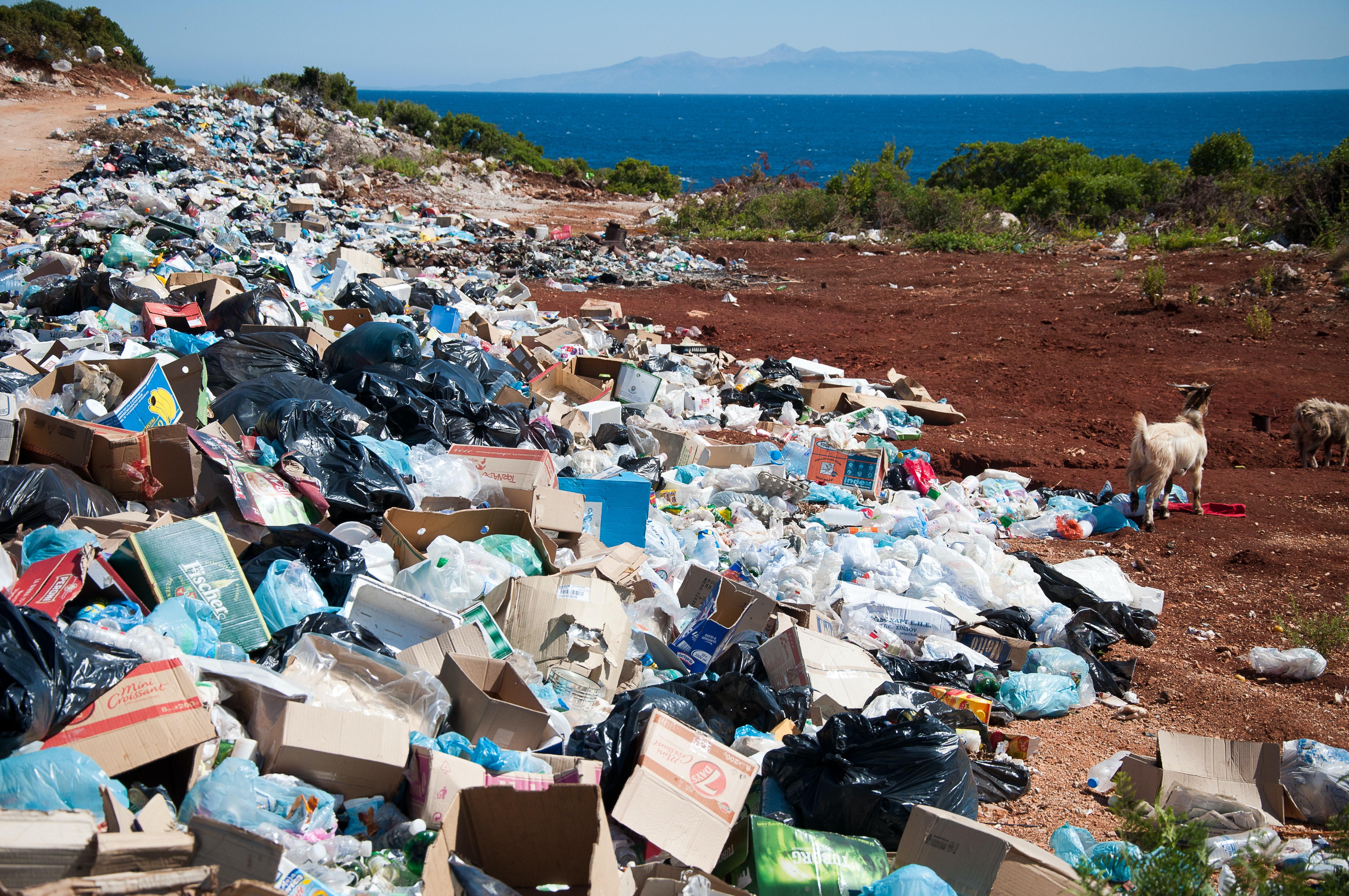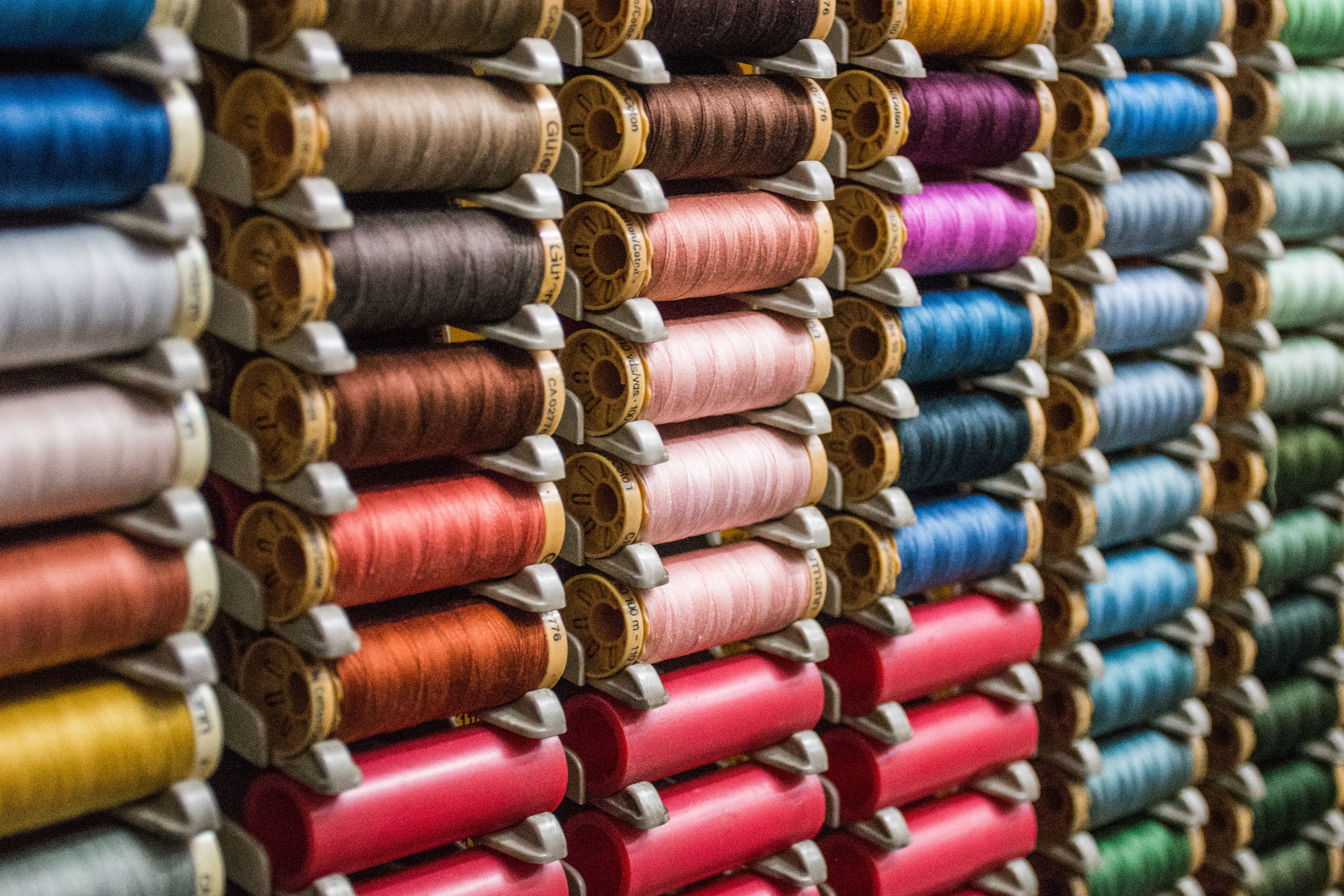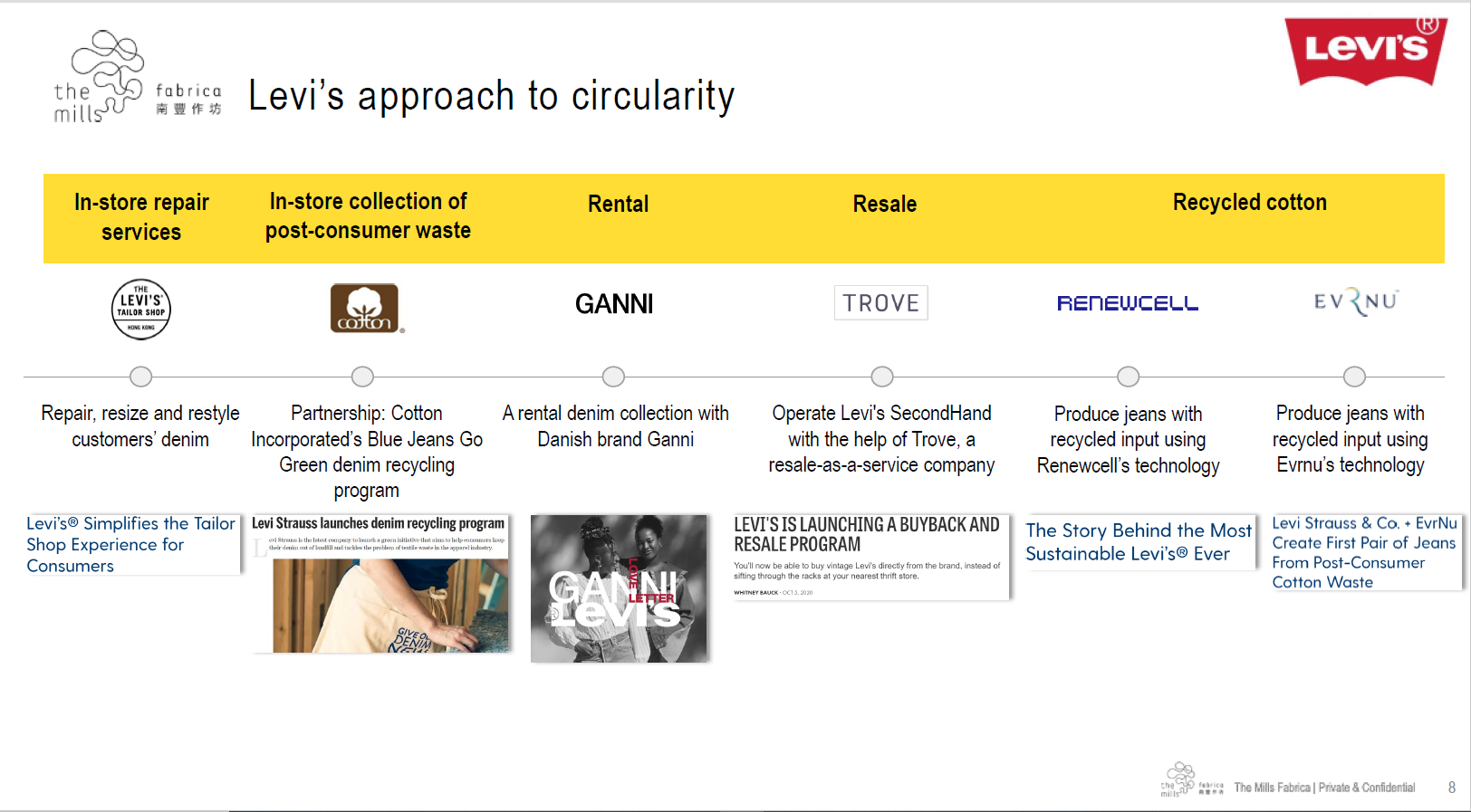
By Daniel Ng
Kicking off this brand-new series, generated from our offline sharing session and online resources for you all, Angus Tsang from our research team at The Mills Fabrica, shares how our daily decisions on clothing could potentially save the world from pollution within fashion, and how the industry would react.

Photo by Antoine GIRET on Unsplash
Plastics as a Double-edged Sword
Since World War II, thousands of plastic products, made from fossil fuels, have proliferated transforming the modern age due to the unique qualities of plastics: cheap, versatile, durable and light.
Despite the advantages of plastics utilization, it is harming our environment in a lot of aspects:
- Health – Chemicals added to plastics can affect our well-being as we eat, drink and breathe microplastics every day. For instance, the generation of neurological, reproductive, and developmental toxicity could impair our immune system.
- Ocean – Plastic waste can survive thousands of years in water and threaten, or even kill, sea animals.
- Landfills – As we all know, plastic waste is difficult to be decomposed on landfills and the amount of land required for handling our waste is increasing every single day.
- Greenhouse gas – 20% of global fossil-fuel consumption is expected to go into producing plastics by 2050 according to the International Energy Agency, global warming will therefore only worsen, harming the future generations.

Photo by Héctor J. Rivas on Unsplash
Our Clothes ARE Full of Plastics
It’s clear that we’re not putting plastic bags over us as clothing, yet the synthetic fiber used to produce our clothes is a major source of microplastic pollution, consisting 63% of the total global fiber production in 2019.
And, as reported by Fashion Revolution, clothing & textiles industry is the major source of primary microplastics, consisting 35% of total production. We might not clearly see microplastics as they are tiny plastic pieces of less than 5mm in length. However, the issues as mentioned above are alarming.
To deal with this situation, we can contribute through embracing conscious consumption. Yet, how should the industry react? Let’s take a look at the approach of Levi’s.

Source: The Mills Fabrica
Circular Economy Is the Way Out
What is circular economy? According to Ellen MacArthur Foundation, “[it] is based on the principles of designing out waste and pollution, keeping products and materials in use, and regenerating natural systems.” In other words, maximizing the lifespan of materials and products helps minimizing impacts.
What Levi’s is doing is a 360 approach, from repairing to recycling:
- Repair – Last year, they launched the NextGen stores in the US, where consumers can customize, alter or even repair their clothing, attempting to maximize the lifespan of each product.
- Rental – Instead of encouraging consumerism, Levi’s collaborated with Ganni, a Danish fashion brand, to launch an upcycled and rental-only “Ganni x Levi’s Love Letter” collection in last year.
- Resale – In 2020, Levi’s SecondHand was launched as their first buy-back program, allowing customers to purchase secondhand Levi’s products or turning worn denim products for a gift card.
- Recycle – We all know apparel products have to be disposed sooner or later. Therefore, Levi’s partnered with Cotton’s Blue Jeans Go Green™ program in 2019, allowing customers to drop off any denim from any brand at their outlets.
One might wonder what’s next after collecting worn denim products and Levi’s answer is embracing sustainable innovations.
Levi’s has partnered with Evrnu, a textile technology startup, and Renewcell, an award-winning textile-to-textile recycling company, to regenerate worn clothing into new raw materials.
The partnership between Levi’s and Evrnu has created a brand new 511® jeans using fiber made from discarded cotton T-shirts; while Renewcell has empowered Levi’s to launch the Wellthread™ line, using Circulose® a new natural material made from worn-out clothes.
As the sharing came to an end, Angus concluded, “To develop a sustainable future for the upcoming generations, every stakeholder is just as important being a global citizen.”
About Presenter
Angus Tsang has worked in the research field for over 4 years, focusing on thematic research and innovations related topics. His work includes “Driving for Circularity: Collaborating for Industry Impact” and “COVID-19: Reconstructing The Apparel Value Chain — Towards Resilience And Digitization”.